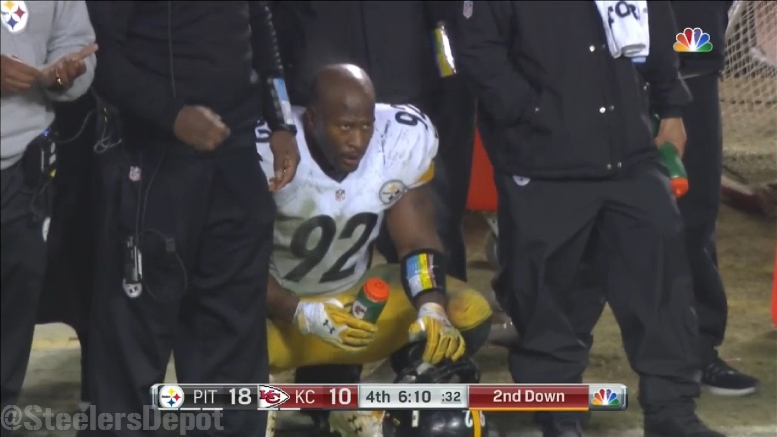When the Pittsburgh Steelers made the conversion from an even defensive front to an odd one in the early 1980s, it naturally changed the face of their pass rush. Instead of generating pressure from the edges of the defensive line, the onus was now on the outside linebacker position chiefly to get after the quarterback.
At the time, the 3-4 defensive front was uncommon not just in the NFL, but also in the college ranks, however, so it was rare to be able to find a true 3-4 outside linebacker in the draft that didn’t come with some assembly required, so to speak.
Regardless, because they were not competing with many other teams looking for the same players, the Steelers had the luxury of exploring their options with some later round picks in order to find potential conversion prospects among the undersized 4-3 college defensive tackles.
It goes without saying that the Steelers had a long line of success doing this over the past few decades since making the conversion, but it’s not difficult to notice a change in recent years.
With more teams running the 3-4, there was a corresponding inflation of value for 3-4 pass rushers, making it far more difficult to find such players in the later rounds of the draft. While there has been an increase in 3-4 fronts in college, it has not kept up with demand, and most college players remain undersized in comparison to their professional level counterparts.
The Steelers’ most recent hit was with LaMarr Woodley in the 2007 draft, who successfully made the conversion from a college defensive end to have a strong run of four or five years to begin his career before injuries through him a curveball.
Jason Worilds, of the 2010 class, offered mixed results as he bloomed at the end of the 2013 season, but was only a moderately proficient starter last year, before his ultimately retired a few months ago to pursue religious interests.
Notice, though, that both Woodley and Worilds were second-round draft picks, not fourth- and sixth-rounders where the Steelers used to be able to look for their talent.
And as the situation at outside linebacker has become even more critical, the Steelers have found themselves over the past two seasons being forced to use their most premium draft selections to acquire the outside linebackers necessary to successfully run their defense.
In 2013, after releasing James Harrison, the Steelers used their first-round selection to draft Jarvis Jones, whom they almost immediately plugged into the starting lineup. Since then, the situation has only gotten worse, to the point where they brought Harrison back.
Just a few days ago, of course, the Steelers dipped back into the pass rushing pool in the first round to select Bud Dupree. They are hoping that they will be able to utilize a four-man pass rushing rotation, along with Arthur Moats, to help get the pressure back up.
Notice something, however, about Jones and Dupree, a common profile amongst both of them. Not only were they both first-round selections, they were also both college outside linebackers, which is rare for the Steelers to take. This is a subject that we will delve into more tomorrow.






